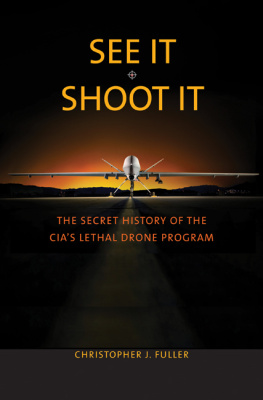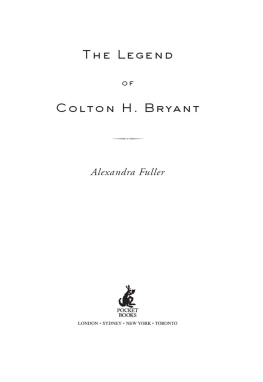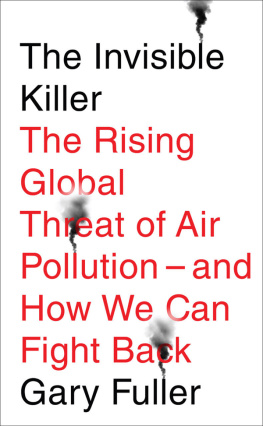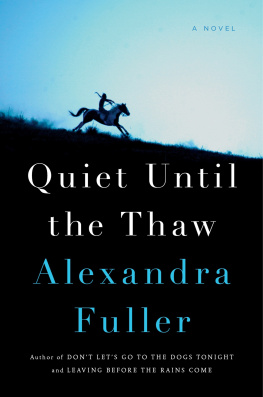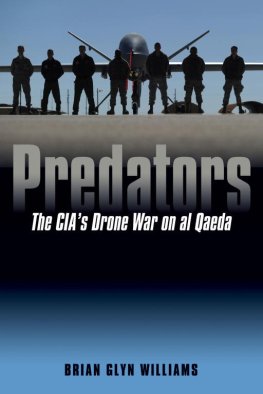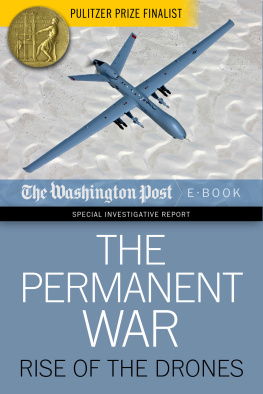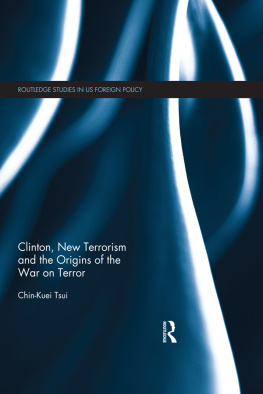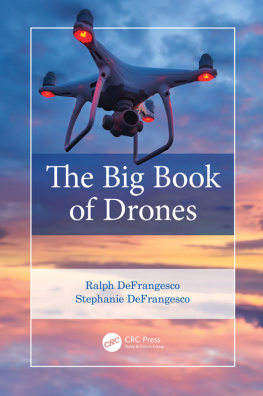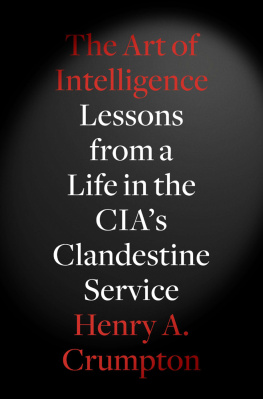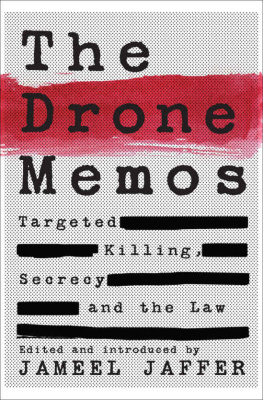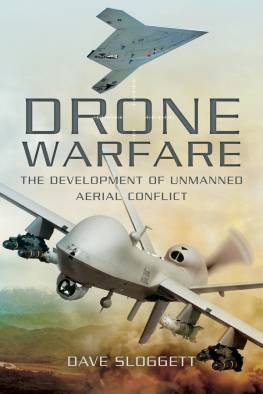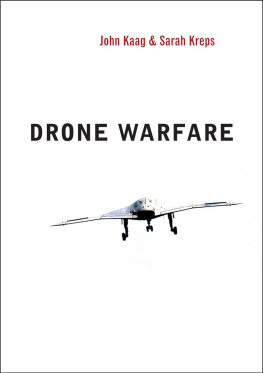SEE IT/SHOOT IT

Published with assistance from the foundation established in memory of Calvin Chapin of the Class of 1788, Yale College.
Copyright 2017 by Christopher J. Fuller. All rights reserved. This book may not be reproduced, in whole or in part, including illustrations, in any form (beyond that copying permitted by Sections 107 and 108 of the U.S. Copyright Law and except by reviewers for the public press), without written permission from the publishers.
Yale University Press books may be purchased in quantity for educational, business, or promotional use. For information, please e-mail (U.K. office).
Set in Galliard type by IDS Infotech, Ltd. Printed in the United States of America.
Library of Congress Control Number: 2016954414
ISBN 978-0-300-21854-1 (cloth : alk. paper)
A catalogue record for this book is available from the British Library.
This paper meets the requirements of ANSI/NISO Z39.48-1992 (Permanence of Paper).
10 9 8 7 6 5 4 3 2 1
CONTENTS
ACKNOWLEDGMENTS
I would like to express my deepest appreciation to Kendrick Oliver for his invaluable support in the writing of this book. From his tutelage and professional support during the research phase of the project, to the timely, clear, and constructive comments during the books writing up, there is no doubt that this project would not have come to fruition without his help. Additionally, I benefited hugely from the input of Mick Jardine, whose careful reading of the books first draft provided a number of nuanced contributions on the contentious language of terrorism and counterterrorism. My thanks also go to Helen Spurling, who has been both a supportive colleague and an invaluable friend throughout this project, offering limitless enthusiasm and encouragement as well as a generous supply of champagne at every milestone.
Early drafts of chapters from the projects manuscript were presented as papers at a number of conferences, including HOTCUS in both Northumbria and Reading, BAAS in Exeter, and two thought-provoking sessions at Surreys Center for International Intervention. The astute questions, perceptive comments and helpful recommendations that resulted from these meetings helped to sharpen the arguments made in a number of the books chapters, for which I am thankful to my colleagues and peers. I am also extremely grateful to my editor, Erica Hanson, and her colleagues at Yale University Press, in particular Otto Bohlmann, whose diligence and guidance helped ensure this book maintained the lucidity and coherence necessary to make this complex subject accessible. Furthermore, I would like to thank the anonymous reviewers, whose learned recommendations ensured the book met the rigorous standards such a contentions topic demands. It goes without saying that any faults that remain in the book are my responsibility alone.
Closer to home, I would like to thank my mother, Joan, and father, Charles, for instilling an appreciation of the benefits of hard work and delayed gratificationsomething that has come in incredibly handy during the lengthy process of bringing this research project to fruition. I am also grateful to my sister, Jennie, for helping sharpen my rhetorical arguments through our exchanges as kids. Most important of all, I am completely and utterly indebted to my wonderful wife, Carys. She has shown remarkable patience throughout this projecta virtue those who know her well will be aware does not come naturally to heras long hours often kept me away from home or buried away in our office. During this time Carys has provided invaluable support. When I needed to talk ideas through, she was my intellectual sparring partner, playing devils advocate for the more contentious arguments. I am particularly indebted to Carys for her contribution to the books Prologue, where her superior storytelling skills helped refine my clumsy attempt to unleash my inner novelist. Her willingness to tolerate my lengthy discussions on counterterrorism, her good humor, and her shared interest in spiced rum have all been indispensable. This fortitude has been made all the more remarkable since January 2014, with the arrival of our adopted son, Leo. The fact that I was able to complete this book within the original time frame despite the addition of a toddler in our lives is entirely due to Carys. Leos arrival transformed both our lives, but it was my wife who had to make the most significant changes to raise our boy, something for which I will be eternally grateful, and enamored. She has been a remarkable partner and mother.
Finally, I owe a debt to my young son, Leo, just for being his charming and fun-loving self. Studying terrorism, its causes and consequences, and the efforts of those who face the daunting task of trying to prevent it can be draining. The extent of the violence, brutality, and sheer ruthlessness those who seek to use fear and intimidation as a form of power can erode ones faith in humanity. Following long days of exposure to the sights and descriptions of such brutality, it has been life-affirming to have the joy of sharing a home with a young child whose innocence and good nature restore that lost faith. Such an environment serves to remind me of what it is those engaged in the challenging and often thankless task of counterterrorism are dedicated to protecting. It is my hope that this book, through its critical appraisal of counterterrorism methods past and present, can help in some small way to ensure that we do all we can to protect our societies, while at the same time not being forced to sacrifice the natural human love and kindness Leo so wonderfully demonstrates.
A NOTE ON LANGUAGE
This book uses a number of terms that hold serious and at times contentious connotations. The use of these terms has been carefully considered, and an explanation follows of why each is used.
AfPakThe term AfPak, popularized by the Obama administration, is used throughout the book to reflect Americas strategic thinking on the Afghanistan/Pakistan border regions, rather than as an acceptance of the term in a geopolitical sense, inferring that the border regions are a single, homogenous bloc. It is fully acknowledged that the tribal regions which make up the Federally Administrated Tribal Areas (FATA), the North-West Frontier Province (NWFP), and the border provinces of Afghanistan are all distinct regions, each with its own unique identity, tribes, culture, social groupings, and history.
Collateral damageThis military term is used to denote civilian casualties. It is not intended to sanitize the tragic losses it signifies but rather to ensure the language used in official sources is consistent with that of the book.
DroneThe term drone is unpopular with pilots due to connotations of a mindless or autonomous activity. So too are the terms Unmanned Aerial Vehicle (UAV) and Unmanned Aerial System (UAS), as both suggest aircraft that fly without pilots. The preferred term among operators is Remotely Piloted Aircraft (RPA). Due to its common usage in both academia and the media, however, the term drone will be used throughout the book to cover all variants of RPAs. It is used with a full acknowledgment that at no time is a drone flying without a pilot or the support of a sensor operator and ground crew.
NeutralizationThe term neutralize is used in reference to the counterterrorism objectives of the United States. It is drawn from the Reagan administrations first counterterrorism document, National Security Decision Directive 138, and is used to collectively denote the most proactive counterterrorism interventions, such as killing, rendition, and imprisonment, as opposed to defensive measures or efforts to tackle the root causes of terrorism.
Next page
